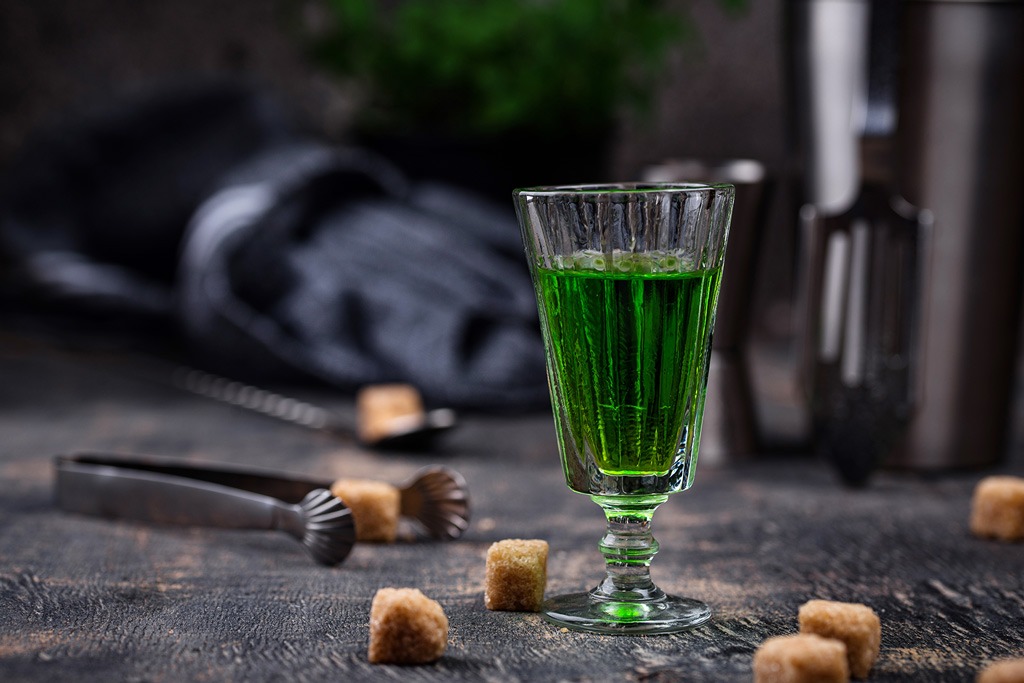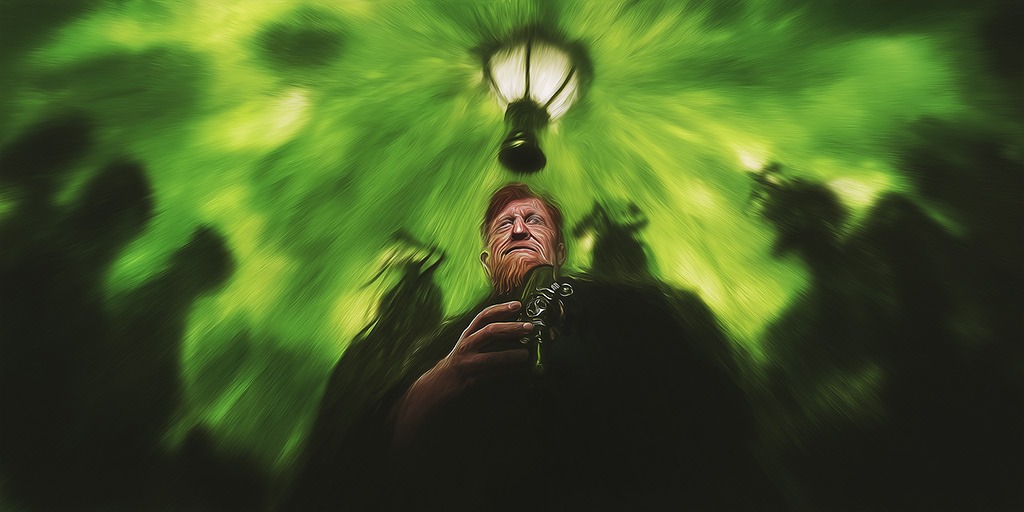
Important to know: No, absinthe will not make you hallucinate. It is a strong alcoholic drink that, due to its high alcohol content, can cause very unpleasant effects if consumed in large amounts, such as a delirium. And that can also happen with whisky, beer, or wine if you drink too much.
In this article
- What is absinthe
- Thujone: the controversial compound in absinthe
- Frequently asked questions about absinthe
- Absinthe hallucinations are probably a delirium
- The traditional absinthe ritual
- Making absinthe yourself
Absinthe is a mysterious green drink surrounded by many fascinating stories. Some even claim it can make you hallucinate. But is that really true? Is it because of wormwood and the thujone it contains? Or does the high alcohol content play the leading role? In this article, you’ll read what absinthe really is, where it comes from, and why it makes such an impression.
What is absinthe
Absinthe is made from wormwood, also known as Artemisia absinthium. This plant grows in Europe, North Africa, and Asia. In English, it is called wormwood. The leaves and flowers are used as the base for absinthe. Often, herbs such as lemon balm, hyssop, and anise seeds are added. The green color of absinthe comes from the chlorophyll in the plants. In the Netherlands, the drink has been legal again since 2005, but strict rules apply to its thujone content.
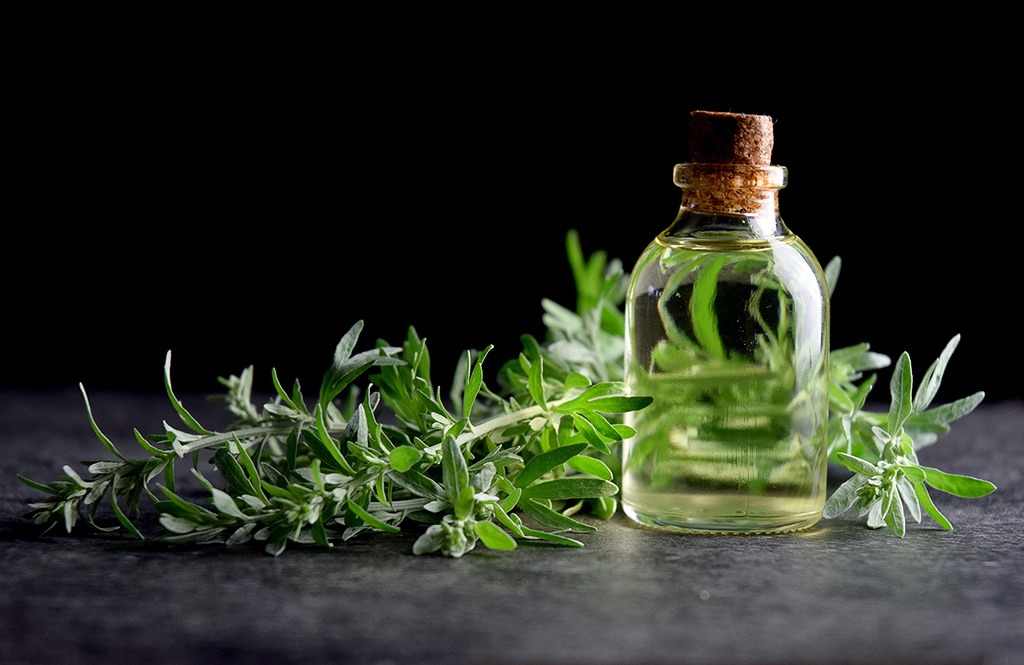
Wormwood
Thujone: the controversial compound in absinthe
Thujone is the compound at the heart of it all. It is a terpene with a fresh, bitter, menthol-like taste that gives absinthe its distinctive aroma.
Thujone is a natural component of wormwood that has given the drink its mysterious reputation. In the 19th century, it was therefore thought that absinthe had hallucinogenic properties. Modern science shows that this is not the case at the amounts found in legal drinks.
In fact, the amount of thujone needed to produce a “psychedelic effect” would have to be 2 to 10 times higher than is allowed. Under European regulations, absinthe may contain a maximum of 35 milligrams of thujone per kilogram. With the absinthe you can buy in stores, you will not notice any psychedelic effect.
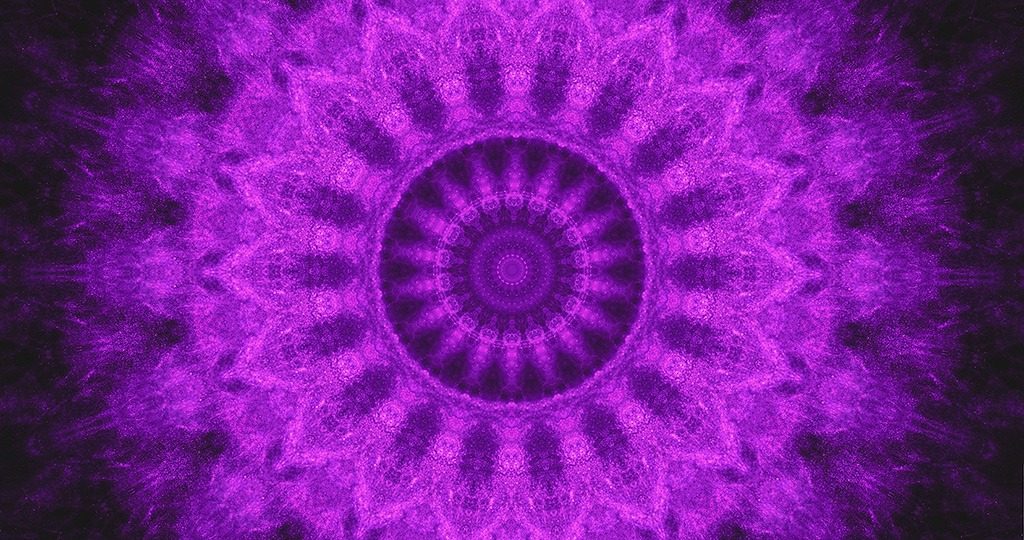
A psychedelic effect at a high dose of magic mushrooms or DMT can produce this kind of imagery. Absinthe does not.
Frequently asked questions about absinthe
In short: too much thujone can make you feel restless or anxious, irritable, or even cause muscle cramps and epileptic seizures. Because absinthe also contains a lot of alcohol, the effects can reinforce each other unpredictably. Hallucinations only occur at extremely high doses of thujone, far above what is allowed in drinks. But by then, you would be at much greater risk from the alcohol itself. And these hallucinations are nothing like the psychedelic effects produced by magic mushrooms, LSD, or ayahuasca.
Absinthe hallucinations are probably a delirium
Stories of hallucinations from absinthe fit much better with an alcohol delirium than with the effects of thujone. You are at risk of delirium tremens if you drink excessively or if you suddenly stop after prolonged alcohol use.
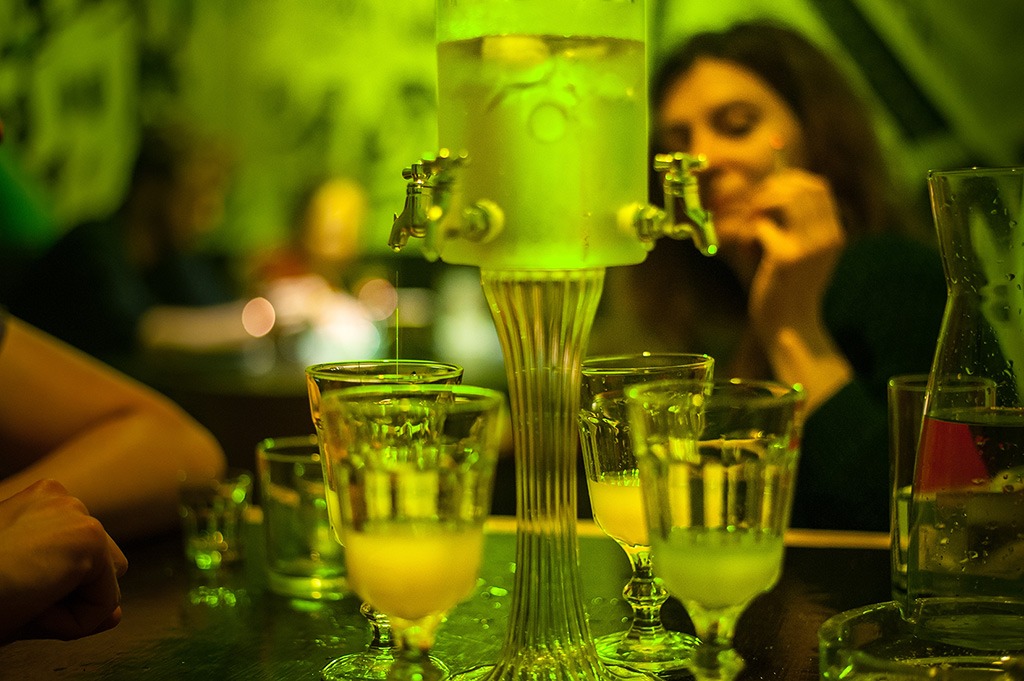
A delirium causes severe confusion, disorientation, tremors, and vivid visual hallucinations. In the 19th century, when absinthe often contained more than 60% alcohol, it was probably this alcohol poisoning – not the “green fairy” – that gave artists and drinkers strange visions.
Absinthe and Vincent van Gogh’s ear
In absinthe’s history, the name Vincent van Gogh comes up regularly. The famous painter was known for his regular consumption of absinthe. Among artists, the drink was popular for its intense taste and the mysterious image of the “green fairy.”
Popular stories claim that Van Gogh’s vivid use of color, distorted perspectives, and the infamous incident in which he cut off his own ear were the result of hallucinations from absinthe. In reality, alcohol use and mental health issues probably explain this world-famous story. At the time, absinthe contained higher amounts of thujone than it does today, but there is no scientific evidence that this directly influenced his behavior or artistic style.
Van Gogh was not the only artist linked to frequent absinthe drinking. As its use increased in the 19th century, fears about negative effects grew. The term “absinthism” was used for ailments attributed to the drink. In many countries, it was banned, often after dramatic incidents that received much attention. Only in the late 20th century could producers make the drink again, with lower amounts of thujone.
The traditional absinthe ritual
Absinthe is often drunk in a special way. Fill a glass halfway with absinthe. Place an absinthe spoon on top with a sugar cube. Slowly pour ice-cold water over the sugar. The cube dissolves and mixes with the drink. The color changes from bright green to cloudy yellow-green. At that moment, the aromas are at their best.
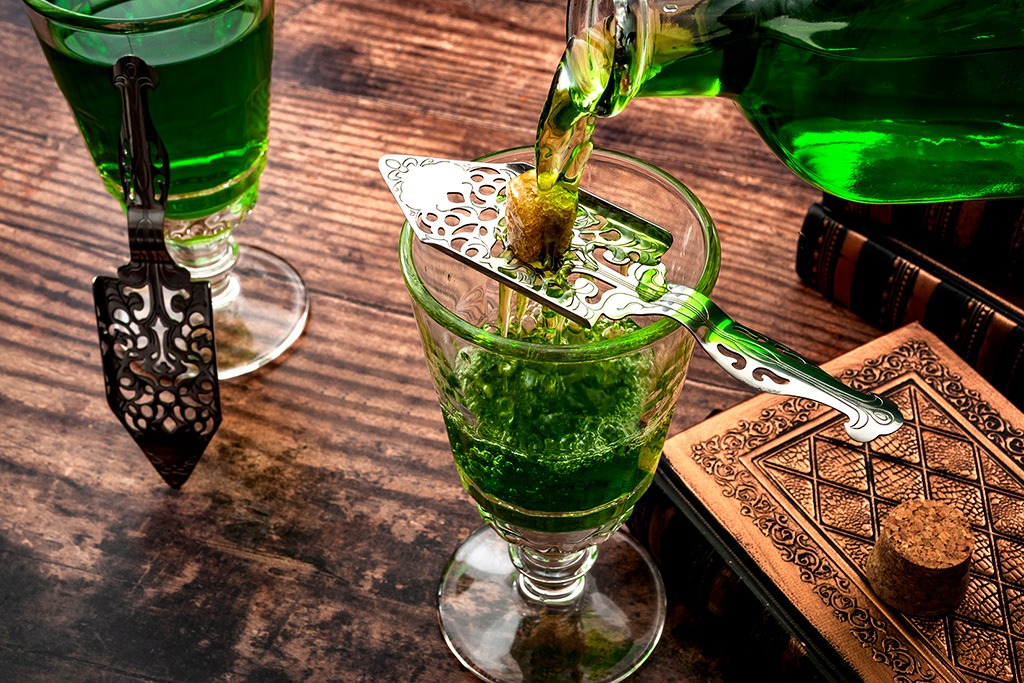
Making absinthe yourself
At Dutch-Headshop, we do not sell alcohol. But we do have herbs and extracts for making your own absinthe. With wormwood and other herbs, you can make your own version at home.
For an alcohol-free version, steep the herb in hot water for fifteen minutes. This way, you get the taste of absinthe without drinking alcohol. Also, less thujone ends up in your drink, since thujone is not very soluble in water. Made this way, absinthe is much safer.
Sources:
- Talmon, M. et al. Anti-inflammatory Activity of Absinthin. June 4, 2020.
- Olsen, R.W. Absinthe and γ-aminobutyric acid receptors. April 25, 2000.
- Jellinek. Alcohol and physical health dossier. 2020.
- Höld, K.M. et al. α-Thujone (the active component of absinthe). April 11, 2000.
- Regulation (EC) No. 1334/2008 of the European Parliament. December 31, 2008.
